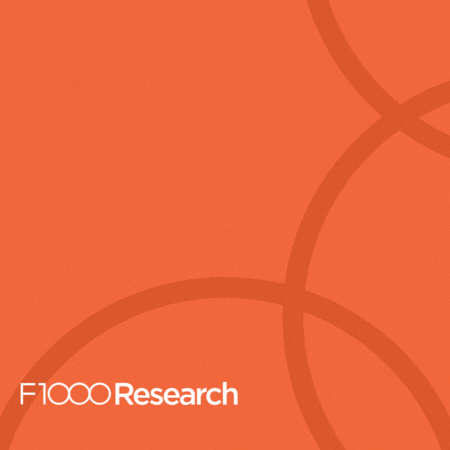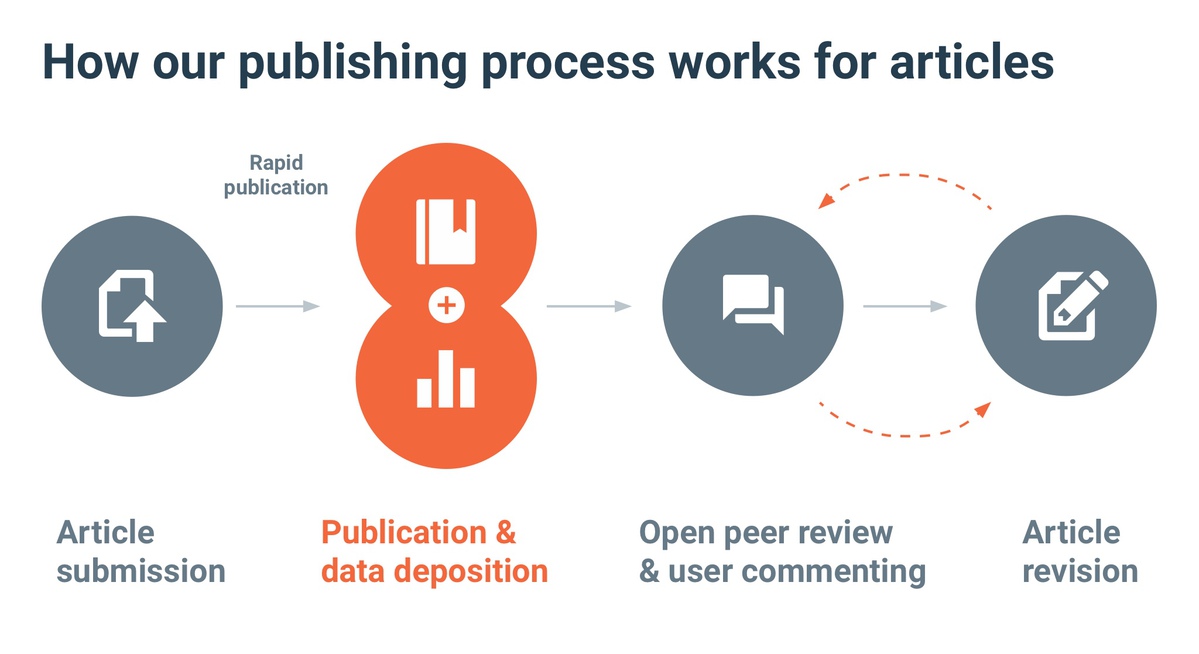Spotlight on SDG15: Life on Land
Open and transparent publication for research which supports the United Nations’ 15th Sustainable Development Goal
Submit NowThe Sustainable Development Goal 15 (SDG15) aims to protect, restore and promote the sustainable use of terrestrial ecosystems, combat desertification, halt and reverse land degradation, and halt biodiversity loss. Science plays a crucial role in informing and guiding the actions and policies needed to achieve the 12 targets of SDG15, such as enhancing conservation, restoration, and sustainable management of forests, wetlands, mountains, and drylands. This article collection from F1000Research showcases some of the latest research on topics related to SDG15, such as protecting biodiversity, restoring degraded land, reforestation, and government planning. The collection features articles from different disciplines and regions, highlighting the diversity and complexity of the challenges and opportunities for life on land.
Featured Articles
The genome sequence of the critically endangered Kroombit tinkerfrog (Taudactylus pleione)
Authors: Katherine A. Farquharson, Elspeth A. McLennan, Katherine Belov, Carolyn J. Hogg
The critically endangered Kroombit tinkerfrog’s genome has been sequenced for the first time, providing valuable resources for future studies on its phylogenetics, conservation, and susceptibility to disease. The genome is 5.52 Gb in length and includes a mitochondrial genome, with a high-quality assembly using PacBio HiFi reads. A global transcriptome was also generated from a tadpole to improve gene annotation.
Authors: Rouxin Sun, Zhilan Zhang, Qiong Wu, Peng Xiang, Yanguo Wang, Bingpeng Xing
This study analyzed the genetic diversity and population structure of the stalked barnacle Capitulum mitella in Fujian, China using mitochondrial COI gene sequencing. Results showed an average haplotype diversity (h) of 0.660 and nucleotide diversity (π) of 0.00182, no significant population structure, and evidence of recent population expansion. The species’ high dispersal ability and limited physical barriers contribute to its current phylogeographic structure.
Authors: Samliok Ndobe, Muhammad Saleh Nurdin, Nur Hasanah, Aswad Eka Putra, Kasim Mansyur, Mohamad Nasir, Mashening L. Rabuna, Abigail Mary Moore
A study in Sulawesi, Indonesia found an eleotrid goby (local name payangka) with characters conforming to the genus Giuris, long considered monophyletic as G. margaritacea/G. margaritaceus but recently found to comprise at least eight species. This study focused on the molecular (DNA barcoding) identification and phenotypic characters of the payangka.
Locally measured USLE K factor expands sustainable agricultural land in Palau
Authors: Masato Oda, Yin Yin Nwe, Hide Omae
The study found that measuring the K factor in the fields can expand sustainable agricultural land in Palau, an island with heavy rainfall and steep slopes. Despite predictions of high soil erosion, implementing methods to prevent erosion resulted in no erosion at all. This suggests that the K factor estimated by soil texture may be larger than the actual value.
Authors: Thiago Kanashiro Uehara, Florie Chazarin, Louise Nakagawa, Ariane Favareto, Tamara Tobias, Arilson Favareto, Rigobert Minani, Bramasto Nugroho, Fitta Setiajiati, Silfi Iriyani, Damayanti Buchori, Chiara Chiavaroli
This research paper examines the impact of international and market forces on deforestation and forest degradation in Brazil, DRC, and Indonesia. It highlights the need for more equitable research partnerships and alternative policy instruments to address the uneven distribution of benefits from market-based solutions. The paper emphasizes the importance of glocalizing land-use and forest governance through equitable partnerships and a commitment to improving sustainable livelihood outcomes.
Introducing the Ecology and Global Change Gateway
The Ecology and Global Change Gateway is an online platform for researchers and practitioners who are interested in the effects of human activities on ecosystems and biodiversity. The gateway publishes and showcases open research and data on various topics related to ecology and global environmental change, such as climate change, conservation, biogeography, and ecosystem services. The gateway aims to foster collaboration and knowledge exchange among different disciplines and stakeholders, and to support evidence-based policy and practice for sustainable development. The gateway welcomes submissions from all areas of ecology and global environmental change, covering a wide range of sub-topics and interdisciplinary approaches.
Ready to submit?
Starting your publication journey with F1000Research couldn’t be easier.
Thanks to our rapid publication model, your research is quickly available to read, share and cite. Once published, all articles undergo our unique post-publication peer review process that encourages a collaborative and constructive approach to research.
About F1000 Research
F1000Research is an innovative open research publishing venue for researchers in all disciplines, which allows them to publish a wide range of research outputs in Gateways and Collections curated by experts, enables them to accelerate the pace of research discovery, and supports them to get credit for every stage of their research.

